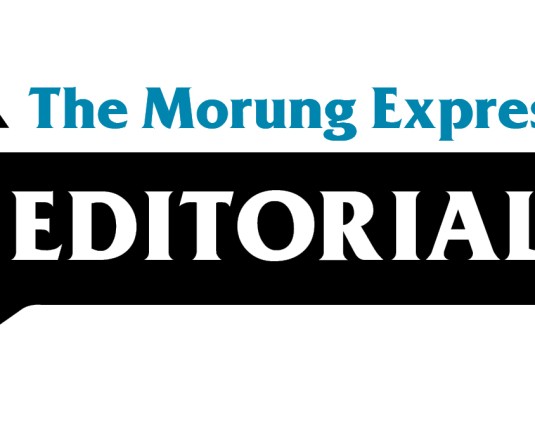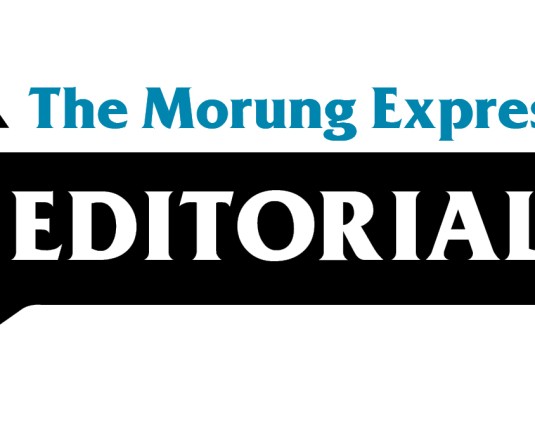
Moa Jamir
The Directorate of Economics & Statistics (DES), Nagaland recently informed that as per the advance estimates of Gross State Domestic Products (GSDP) of Nagaland for the year 2021-22 pick up from a negative growth -2.63% in 2020-21 to 8.98% in 2021-22. Measured in Constant Prices, the growth is denoted as the ‘real growth' of the economy. The advance estimates suggest that the growth of the State economy has surpassed the pre-pandemic average growth of 5.38% (i.e. 2011-12 to 2019-20), an official was quoted as saying during a press conference on September 21.
Elsewhere, the Nagaland Economic Survey 2021-22, published by the department, informed that barring 2020-21 due to the impact of the COVID-19 pandemic, both GSDP at Constant Prices and Current Prices, have registered positive growth for the past decade. Hence by all accounts, the State has been witnessing a ‘robust’ economic growth over the years, possibly indicating expansion of both economic activities as well as the workforce.
However, such ‘stellar’ economic growth rates are in huge contrast to the State’s unflattering distinction of having the highest unemployment rate among the States and Union Territories (UTs) in India. For instance, the annual Periodic Labour Force Survey (PLFS) released by the Union Ministry of Statistics and Programme Implementation (MoSPI), highlighted that in the past four years Nagaland has retained the top unemployment rate position thrice. In 2017-18, it was 21.4%, among the adult population in the 15 years and above age group, which declined to 17.4% in 2018-19 but increased again to 25.7% in 2021.
The latest PLFS for 2020-21 for July 2020 to June 2021 reflected that while there was a decline in the unemployment rate (15 years and above) from 25.7% in 2019-20 to 19.3% in 2020-21, it retained the unenviable top spot. With a reference period of the last 365 days preceding the survey, it implied that 19.3% of the adult population, willing to work and actively seeking employment could not get any work during the July 2020-June 2021 period. During the same period, unemployment rate in India was 4.2%.
More concerning is the unemployment among the youth in the 15-29 years age group with the PLFS indicating that over 55% of them were unemployed in Nagaland, against the All-India rate of 12.9%. Incidentally, among those giving their status as employed (workers), a total of 61.5% were self-employed - with 42.2% denoted as ‘own account worker, employer’ and 19.1% as ‘helper in household enterprise. This nullifies the often-cited argument that people of the State tend to consider employment in the government sector as the only form of ‘employment.’ In fact, given the methodology, overall India’s data is often charged with ‘under-counting’ unemployment and thus, the real figure may be higher. At 30.8%, nearly one-third of ‘educated persons’ (15 years and above) in Nagaland were also designated as unemployed.
Such contrasting data also begs an important query: Is Nagaland’s economy growing without simultaneous increases in employment opportunities and thereby, a case ‘jobless growth’? “If jobless growth continues, it will threaten future growth. No country can sustain growing unemployment rates in the long run, because diminishing demand will at some point limit economic growth. In addition, continued high rates of unemployment are a waste of human capital,” the International Labour Organisation had cautioned in the early 2000s when such phenomena were becoming more perceptible.
Not just economic, both jobless growth and unemployment have grave political, social, economic and other implications, including people’s relationships. Moreover, the extent of youth unemployment, including educated unemployed, should be the one of biggest policy challenges of the government of the day. It is imperative to ensure that youth’s talents are not wasted in political opportunism but channeling them towards productive engagement in the economy and reaping benefits of the potential demographic dividends.
For any comments, drop a line to jamir.moa@gmail.com





